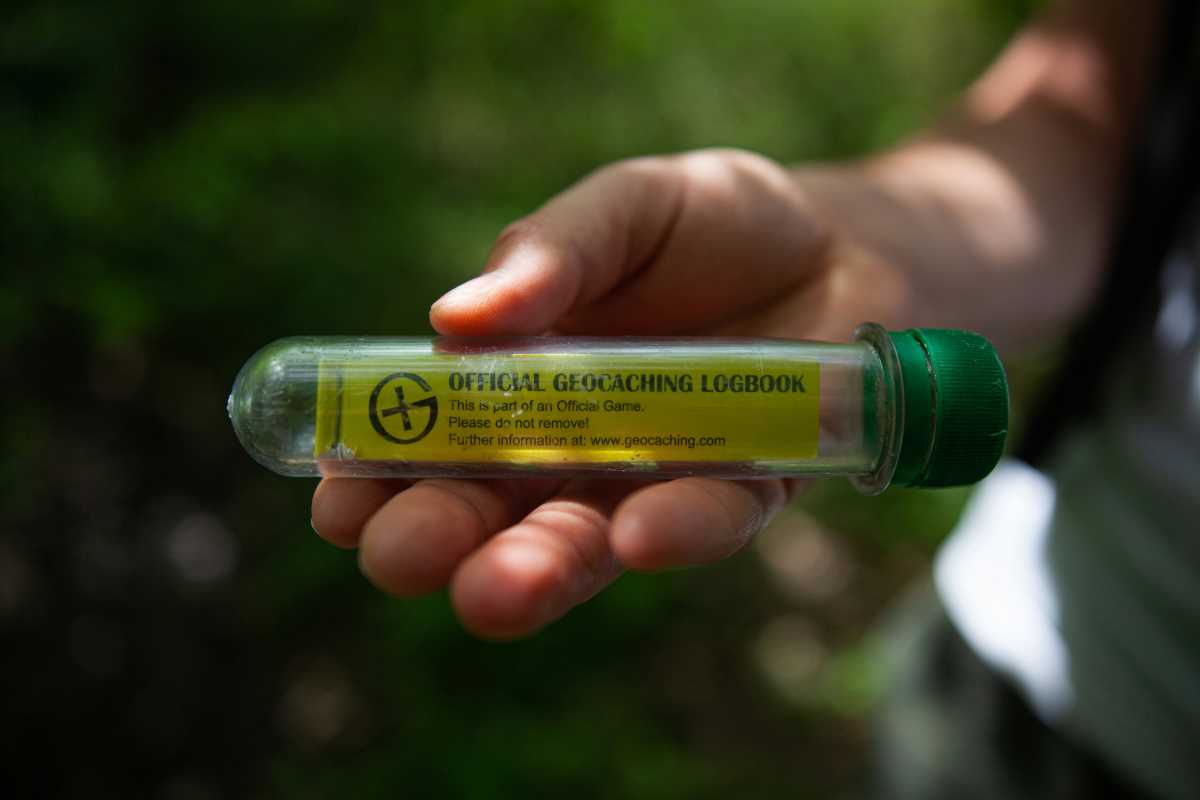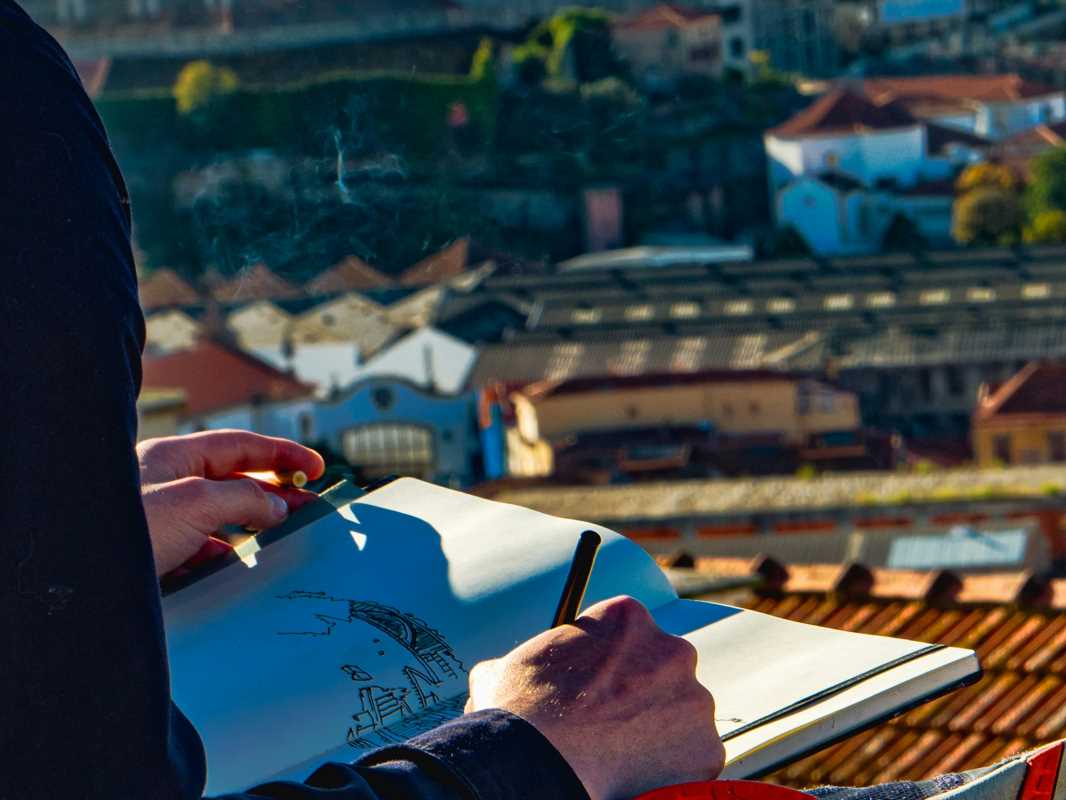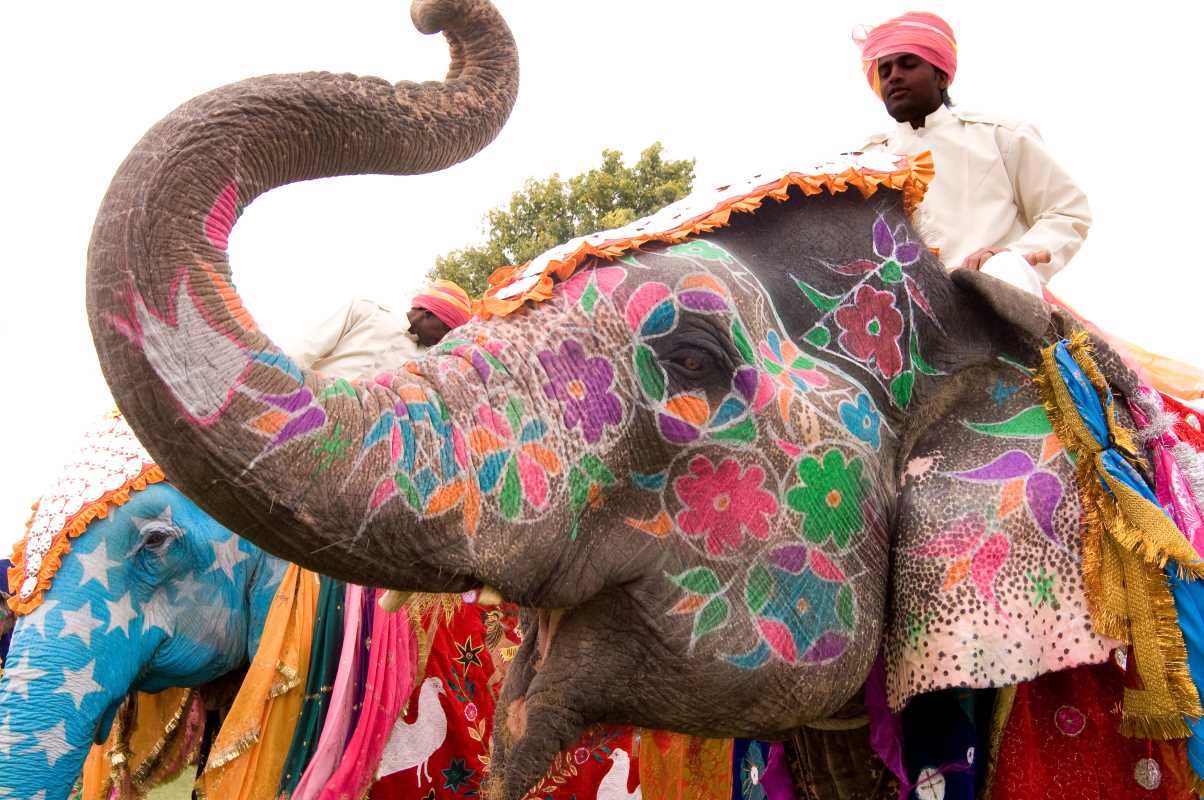Setting out on a road trip brings a sense of adventure, especially when you add the excitement of geocaching along the way. This guide helps you combine classic sightseeing with the thrill of hunting hidden treasures, all while keeping your gear simple and easy to access from your glove compartment. Discover tips for finding caches at scenic spots, snapping memorable photos of your discoveries, and keeping your route flexible when surprises arise. Every cache you find becomes a story to share, and by documenting your experiences, you invite others to join in the joy of exploring new places through geocaching.
Inside, you’ll find a clear route-planning sequence, a concise equipment checklist, proven search approaches on the move, solutions to common hiccups, and tips for cataloging memories. Each tip comes from real cachers who’ve logged thousands of miles and hundreds of finds. Let’s dive in and make your next highway adventure a geocaching triumph.
Planning Your Geocaching Route
- Map core destinations. Pin landmarks you don’t want to miss—national parks, scenic overlooks, roadside diners—and note nearby geocaches.
- Group caches by region. Cluster stops within a 10–20 mile radius to avoid zigzagging across highways.
- Check terrain ratings. Use cache descriptions to match difficulty to your group’s pace and vehicle clearance.
- Schedule buffer time. Allocate at least 30 extra minutes per cache to account for snacks, photo ops, and unexpected detours.
- Plan rest breaks. Combine fuel stops and restroom breaks with cache searches to keep momentum without adding miles.
When you arrange waypoints this way, you prevent backtracking and keep energy levels steady. Pair caching with coffee breaks by identifying caches near local roasters or artisan bakeries. That mix of caffeine and geocaching perks up the group and highlights community-driven spots off the interstate.
Before you hit the road, load your route into a GPS app that supports offline maps. If cell coverage fades, your planned network of caches remains accessible. A quick screenshot of cache coordinates and hints ensures you won’t stall at a dead zone when your appetite for adventure peaks.
Essential Geocaching Gear
- Smartphone or GPS unit with preloaded maps
- Compact pen or pencil for logbooks
- Sleeved plastic bags to protect trinkets
- LED headlamp or small flashlight
- Flagging tape to mark tricky hides
- Small multitool for prying or clipping
- Spare batteries or portable charger
- Water bottle and energy bars
Keep all items within easy reach in a soft-sided organizer. That way, you can grab tools quickly without rummaging through deep storage. Your smartphone’s built-in flashlight works in a pinch, but a dedicated LED headlamp frees both hands when you’re standing in brush or low-ceiling crawlspaces.
Caching often leads to spontaneous roadside stops. Compact gear fits into door pockets or the seatback caddy so you can pull over, hop out, and find a micro-cache before rubber meets pavement again. This approach turns every pit stop into a potential highlight.
On-the-Road Search Strategies
Start by scanning the environment for subtle clues. Geocachers often tuck containers under rock outcroppings, inside hollow logs, or behind plaques. Train your eyes on edges, seams, and color shifts in paint or bark. Instead of rushing, pause for a minute to soak in the surroundings—you’ll spot the telltale texture differences that reveal a cache.
When you find multiple caches in quick succession, vary your approach. Sometimes you focus on the description entirely before arriving. Other times, you dive in using the hint field only. Switching methods prevents tunnel vision and keeps your group engaged. Encourage everyone to share sightings—one pair of eyes catches what another misses.
Challenge yourself with a points-based scoring system. Award geocache sizes or difficulty levels numeric values and tally your score at the end of each day. That friendly competition sparks extra motivation on long stretches between major attractions.
If you travel with kids or new geocachers, assign them search zones within sight. Let them lead the hunt for small caches while you drive. Their excitement boosts morale and builds confidence, turning each find into a fresh memory.
Handling Common Challenges
Rain, heat, and rough terrain can sap enthusiasm. Pack a lightweight tarp to create a quick canopy over a hide, or carry disposable rain ponchos to keep gear dry. In extreme heat, plan to cache in shaded areas during peak temperatures and save open-crawl caches for cooler mornings or evenings.
When a favorite cache shows a “temporary unavailable” status, switch to a nearby backup. Have a list of alternative waypoints ready that save you from driving miles for a closed container. Bookmark those second-choice caches in advance so you can switch tracks by tapping a new coordinate—no planning pause required.
Battery drain frustrates every road warrior. Use power-saving modes on your device and turn off background apps. A small solar panel charger or a cigarette-lighter USB port can replenish your smartphone mid-route. That way, you won’t lose navigation or logging tools when you need them most.
GPS signal bounces in canyons and dense woods. If you arrive off-target, move in tight circles while watching the arrow. It often snaps back with correct direction. Stay patient and let the unit settle before shifting geocache perspective from “impossible” to “right under my nose.”
Capturing and Sharing Your Finds
Document each find with two photographs: one of the hide in its natural setting and one of your discovery moment. Use a small tripod or lean your smartphone against a rock for steadier shots. Adjust exposure settings to avoid blown-out skies or underlit containers tucked in shadow.
Keep a digital log on your phone and a paper log tucked in your glovebox. The digital entry allows you to share quickly with the geocaching community, while a physical journal helps you preserve personal notes, sketch ideas, and local trivia you gather from nearby residents.
When you post online, include route highlights and any quirky detours—like that hidden waterfall you stumbled on or the roadside fruit stand with the best peach cobbler. These colorful details inspire future travelers and boost engagement on caching forums.
Encourage your fellow travelers to tag along on social media. A photo album or short video montage of day-long caching adventures acts as a travel scrapbook. It sparks conversations and invites friends to plan their own geocaching road trip before you’ve even reached your final cache.
Careful planning, the right gear, and flexible tactics make every highway trip an enjoyable adventure. Each find boosts your enthusiasm and creates lasting memories.
 (Image via
(Image via





